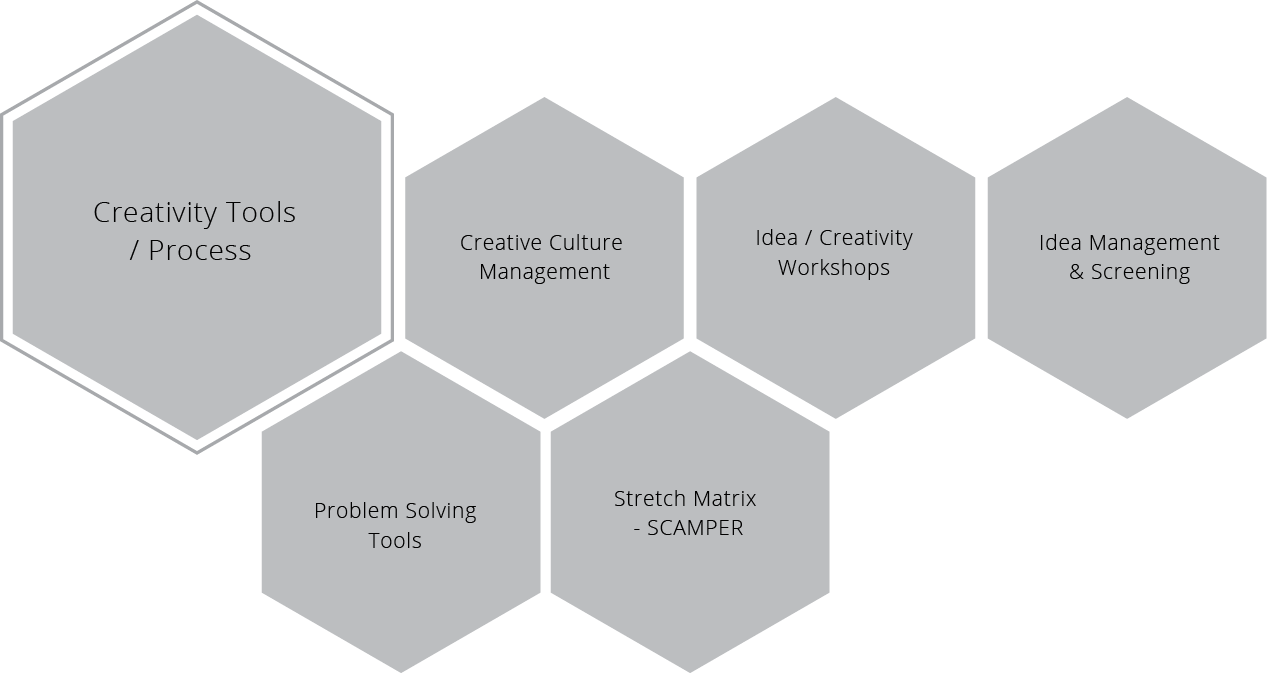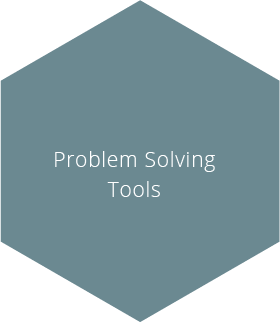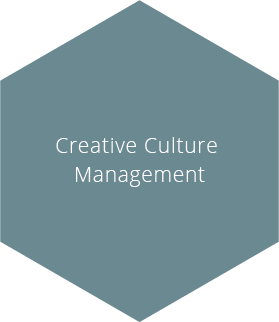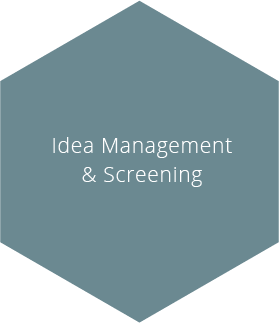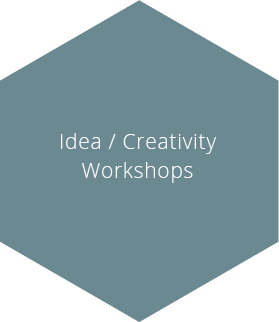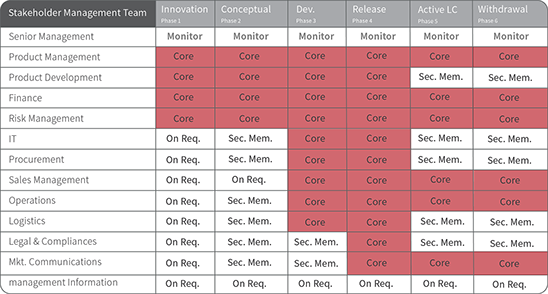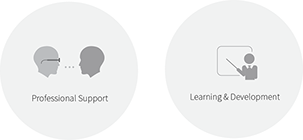Glossary
Logout
©Copyright Arcturus 2022, All Rights Reserved.
7
Terms & Conditions
|
|
|
|
Security & Privacy
Contact
STRETCH MATRIX - SCAMPER
|Introduction
Substitute
Think about substituting part of your product/process for something else. By looking for something to substitute you can often come up with new ideas.
Combine
Think about combining two or more parts of your product to achieve a different product/process or to enhance synergy.
Typical questions: What materials, features, processes, people, products or components can I combine? Where can I build synergy?
Adapt
Think about which parts of the product/process could be adapted to remove the problem / opportunity or think how you could change the nature of the product/process.
Typical questions: What part of the product could I change? and in exchange for what? What if I were to change the characteristics of a component?
Modify / Distort
Think about changing part or all of the current situation, or to distort it in an unusual way. By forcing yourself to come up with new ways of working, you are often prompted into an alternative product/process.
Typical questions: What happens if I warp or exaggerate a feature or component? What will happen if I modify the process in some way?
Put to Other Purposes
Think of how you might be able to put your current solution/product/process to other purposes.
Typical questions: What other market could I use this product in? Who or what else might be able to use it?
Eliminate
Think of what might happen if you eliminated various parts of the product/process and consider what you might do in that situation. This often leads you to consider different ways of tackling the problem / Opportunity.
Typical questions: What would happen if I removed a component or part of it? How else would I achieve the solution without the normal way of doing it?
Rearrange/Reverse
Think of what you would do if part of your product/process worked in reverse or done in a different order. What would you do if you had to do it in reverse?
Typical questions: What if I did it the other way round? What if I reverse the order it is done or the way it is used? How would I achieve the opposite effect?
Example : Potato Peeler
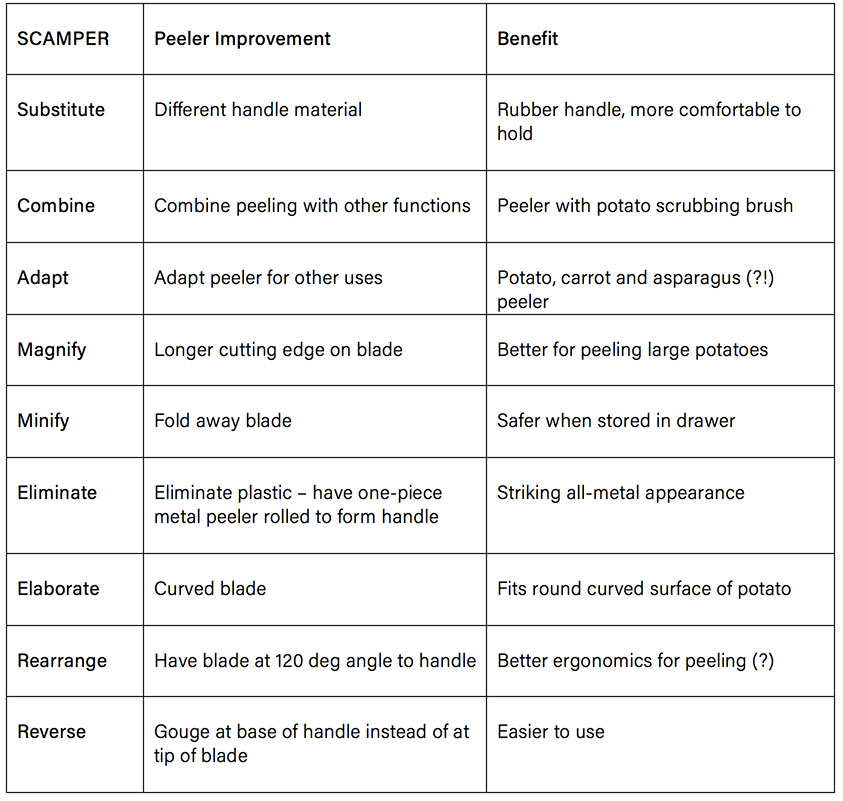
|Who Should Attend...
The following delegates / members of the Stakeholder Management Team (SMT) should attend the Stretch Matrix / Idea Generation workshop.
Key / Definition:‐
Monitor: Oversees the overall process, required to provide top level strategic objectives as required,
performs a management role.
Core: Defines the ‘Core’ team headed (chaired) by the Product Manager required to attend the workshop in alignment with the ‘Product Phase’. Membership is mandatory.
Sec. Mem: Secondary Membership defines an ‘on‐standby’ membership requirement and will depend upon the subject area, phase alignment and the project status. Membership is managed by the Product Manager.
On Req. : On Request membership defines a membership that is managed by the Product Manager.
|Related Procedures
The following interrelationship maps indicate; suggested content from other models/processes which may have influence or an effect on the analysis of the title process. The left-hand column indicates information or impact from the named process and the left-hand column indicates on completion of the process/analysis it may have an influence or effect on the listed processes.
Note: A complete set (professional quality) of PMM interrelationship cards are available to purchase - please contact us for further details.

|Strategic Business Models, Workshop Tools & Professional Resources
The IPM practitioner series, is a definitive and integrated training programme for management professionals operating in the Product Management arena. So whether you’re the Managing Director, Product Director, Product Manager or a member of the Multidisciplinary Team we are confident that you will find this particular training series to be one of the best available and an invaluable asset to both you and your company.
PMM - Professional Support
Interactive Business Models







